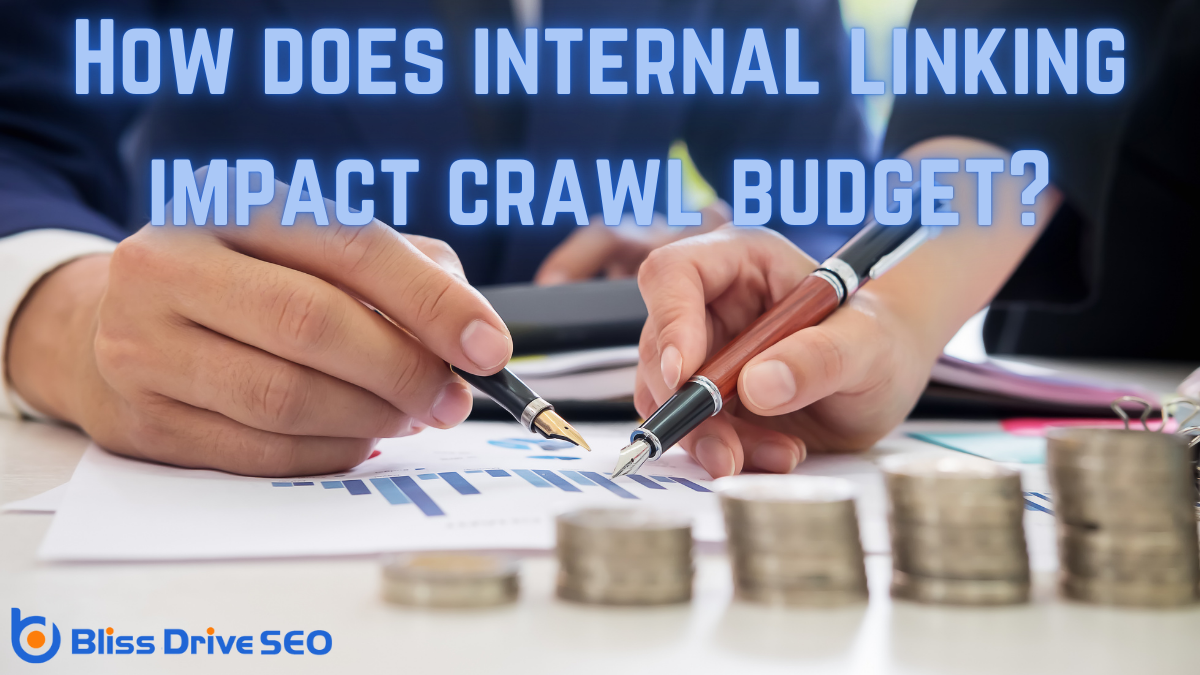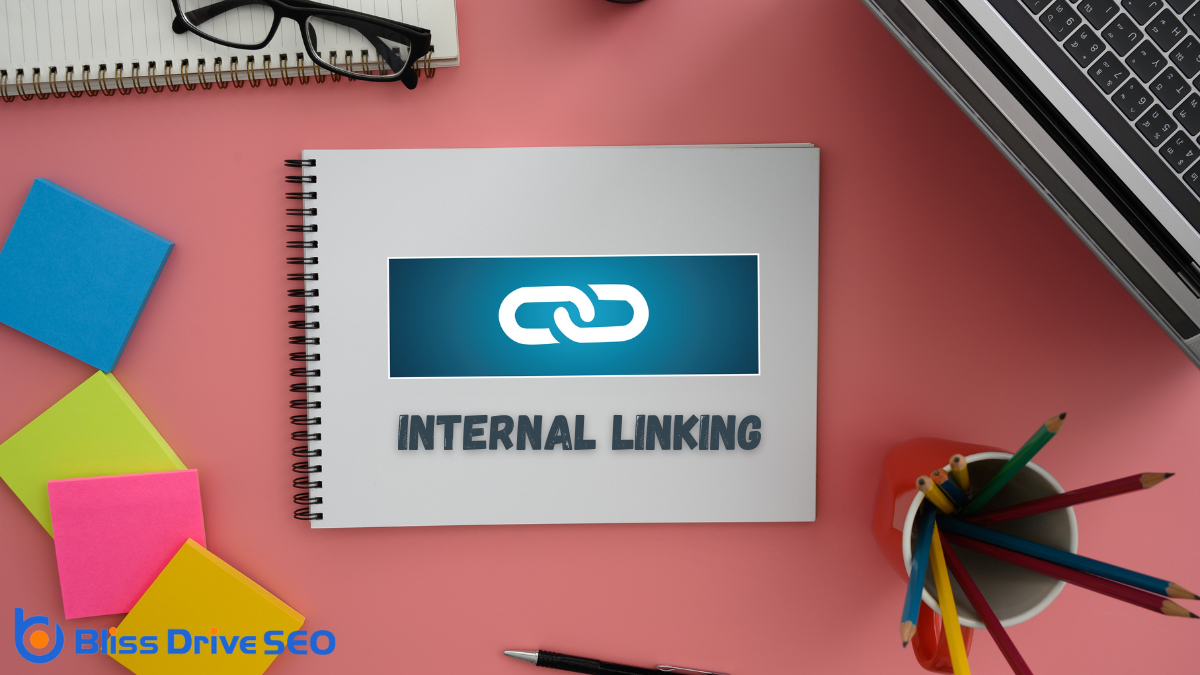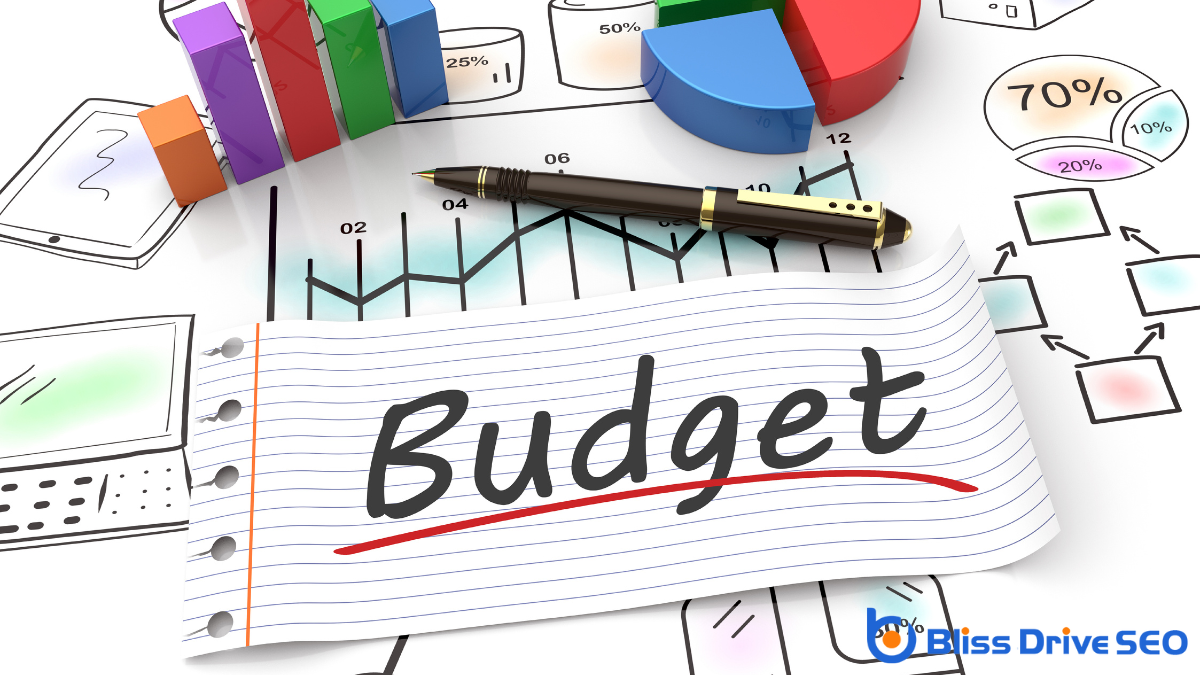Digital Marketing Services
Learn More About Us

You've probably heard a lot about internal linkingLinks that connect different pages on the same website., but have you ever considered its role in managing your website's crawl budget? Internal linking isn't just about connecting pages; it's a strategic tool that influences how search engines navigate your site. By directing crawlers to important content efficiently, you can optimize your site's indexingThe process of adding web pages into a search engine's database. potential. Curious about how this process can enhance your site's visibility and authority? Let's explore further.
When you explore the concept of crawl budget, you'll uncover its essential role in SEO.
Crawl budget refers to the number of pages a search engine, like Google, crawls on your site within a given timeframe.
Understanding this helps you manage how search engines index your content, ultimately affecting your site's visibility in search results.

When you're setting up internal links on your website, pay attention to the importance of anchor text, as it guides users and search engines alike.
Use a hierarchical link structure to guarantee that your most important pages are easily accessible, effectively distributing PageRank throughout your site.
Although often overlooked, the anchor text you use in internal linking plays an essential role in how search engines understand and index your website. By choosing descriptive and relevant anchor text, you're giving search engines clues about the content's topic and context. This helps them rank your pages more accurately.
Avoid generic phrases like "click here" because they don't provide any valuable information. Instead, use keywordsWords or phrases that users type into search engines to find information. that accurately describe the linked page's content. Doing so improves your site's SEO and helps users navigate more intuitively.
A well-planned hierarchical link structure is essential for effective internal linking, as it organizes your website's pages in a way that maximizes both user experience and search engine efficiency.
By arranging content in a logical, tiered manner, you make it easier for visitors to navigate and find relevant information quickly. This structure also aids search engines in understanding your site's layout, guaranteeing they crawl and index it effectively.
Start with a clear homepage, followed by category pages that branch into subcategories and individual content pages. Keep your most important pages closer to the top of the hierarchy to guarantee they receive more link equity.
Building on a solid hierarchical link structure, it's important to understand how to optimize PageRank distribution across your website. This guarantees that search engines identify your most critical pages and rank them accordingly.
Start by focusing on linking from high-authority pages to those that need a boost. Don't overlook the power of contextual links; they help search engines gauge content relevance and importance.
Consider using a spreadsheet to map out your internal links, guaranteeing no page is left isolated. Keep in mind that excessive linking can dilute PageRank, so be strategic and avoid overloading pages with unnecessary links.
Regularly auditing your linking strategy will help maintain effective PageRank flow, ultimately enhancing your site's visibility and crawl efficiency.
When optimizing your website for search engines, understanding how internal linking influences crawl efficiency is essential. By strategically placing links within your site, you guide search engine bots, helping them discover and index content more effectively.
Internal links act like a roadmap, leading crawlers to important pages without wasting time on dead ends or irrelevant paths. This process guarantees that your site's content is picked up and indexed quickly, improving visibility.
Additionally, a well-structured internal linking system reduces the number of requests bots make, which conserves your crawl budget. As a result, search engines can focus on indexing fresh or updated content promptly.
To enhance your site's internal linking, start by prioritizing key pages that drive the most value.
Make sure you use descriptive anchors to clearly convey what each link is about, giving both users and search engines a better understanding.
Effective internal linking starts with prioritizing key pages, ensuring your website's most important content gets the attention it deserves.
Begin by identifying pages that drive conversions, contain essential information, or consistently receive high traffic. These pages should be easily accessible from your homepage and other important site sections. By doing so, you help search engines allocate your crawl budget wisely, focusing their efforts on indexing these critical parts of your site.
Make sure to link to these key pages from various related content across your website. This not only boosts search engine visibility but also enhances user navigation, guiding visitors to valuable information.
While prioritizing key pages is fundamental, using descriptive anchors in your internal linking strategy can further enhance your site's navigation and SEO.
Descriptive anchors, those clickable texts in a hyperlink, should clearly convey the content of the page they're linking to. Instead of generic terms like "click here" or "read more," opt for precise phrases that provide context, like "learn about our sustainability practices."
This strategy helps both users and search engines understand the relevance and relationship between pages. Users can easily find the information they seek, improving their experience on your site.
Meanwhile, search engines gain insights into your content's structure, potentially boosting your site's rankingsThe position at which a website appears in the SERP.. So, always aim to use meaningful, context-rich anchors in your internal links.
Although internal linking is a fundamental aspect of SEO, many websites stumble into common pitfalls that can greatly impact their crawl budget and overall site performance.
One major mistake is overloading pages with unnecessary links, which dilutes link equity and confuses crawlers. You might also forget to update or remove broken links. These leadA potential customer referred by an affiliate who has shown interest in the product or service but h... to wasted crawl budget as search engines repeatedly try to access non-existent pages.
Another frequent error is creating orphan pages, which have no internal links pointing to them, making it difficult for crawlers to find and index them.
Additionally, using generic anchor text like "click here" doesn't provide context for crawlers, impacting keyword relevance.
Avoid these mistakes to guarantee efficient crawlingThe process by which search engines discover new and updated web pages to index. and indexing of your site.

Mastering your site's crawl budget can greatly enhance its SEO performance. To effectively analyze it, you need the right tools and techniques.
Start by using Google Search ConsoleA tool by Google that helps monitor and maintain your site's presence in search results. to track crawl stats and identify indexing issues. This tool provides insights into how often GooglebotGoogle’s web crawler used for indexing content. visits your pages and highlights any errors.
Additionally, Screaming Frog SEO Spider is invaluable for understanding internal link structures and identifying potential bottlenecks in the crawl path. Couple these with log file analysis to see actual crawler activity on your server.
Regularly monitoring these aspects helps you pinpoint inefficiencies and optimize the crawl budget.
Effective internal linking can greatly boost your website's SEO performance, and analyzing successful case studiesIn-depth analyses of specific instances or examples to highlight success stories or lessons learned.... offers valuable insights.
Consider the example of Moz, a renowned SEO software company. They revamped their internal linking strategy by ensuring every blog post linked to relevant cornerstone content. This approach increased their page views and decreased bounce rates markedly.
Another case is HubSpot, which uses topic clusters—a model where a single "pillar" page links to multiple related content pieces. This strategy enhanced their site's authority and improved search rankings.
By adopting similar practices, you can guide users through your content more efficiently and help search engines better understand your site's hierarchy.
By mastering internal linking, you're not just optimizing your site's structure; you're actively enhancing your crawl budget. When you strategically link to high-priority pages, you guarantee search engines efficiently index your most important content, boosting your site's visibility and authority. Avoid common pitfalls like orphan pages or irrelevant links, and utilize tools to monitor your efforts. With thoughtful planning, your internal linking strategy can greatly improve your site's indexing outcomes and overall performance.
